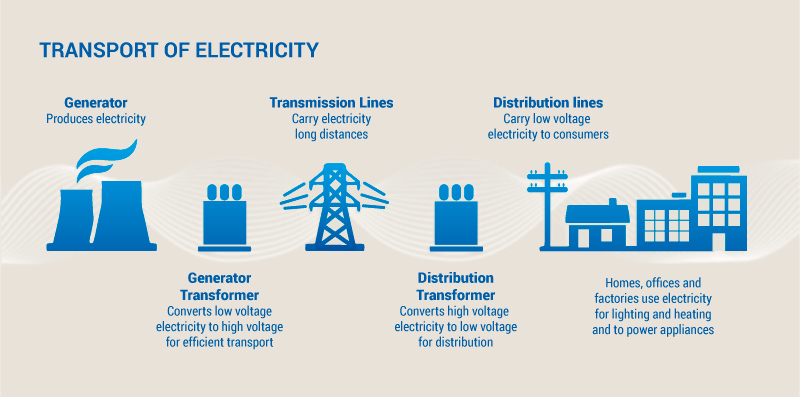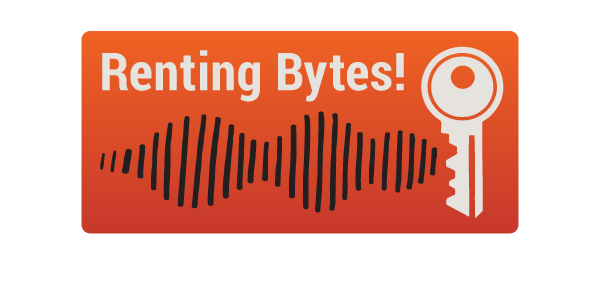The electricity system in NSW – an overview
24/08/2017
Electricity is an essential service. It is easy to take it for granted that it will be available to power fridges and lights, heaters and hot water systems every single day, without interruption. But how is it generated? How is it transported? And how is its price determined? The TU asked the Public Interest Advocacy Centre to lay it all out for us.

The answers to these questions are notoriously complex. This is partly because the electricity market has changed rapidly in recent years. We no longer buy our electricity from a single electricity retailer, and may no longer have it delivered via poles and wires owned by the local distribution business. As a result of new technology as well as the privatisation and deregulation of parts of the electricity system, there is now a wide range of new products and services that are transforming the energy landscape. For example, households can generate their own electricity, store it using batteries, monitor and manage their energy consumption with smart meters.
In some states, consumers can also shop around for the best deal. While this has the potential to promote competition amongst retailers and thereby reduce bills for savvy consumers, it also places the onus on households to understand and evaluate the packages on offer, and make considered choices.
Unfortunately, at this stage retail competition isn’t strong in many regional areas, and not all households have the same capacity to make informed choices. This means that regional customers and some urban households are unable to take full advantage of the benefits of the competitive market.
The National Electricity Market (NEM)
In NSW, electricity is supplied to consumers via the National Electricity Market (NEM), which is one of the longest interconnected power systems in the world, carrying power to residents and businesses in all of Australia’s eastern states.
The NEM controls an interconnected grid that dispatches power to meet demand. It also describes the systems involved with enabling generators to sell electricity and retailers to buy it to on-sell to consumers. The NEM also has a financial function. Since it’s establishment in 1998, the NEM has acted as a wholesale commodity market, underpinned by sophisticated information technology systems that control both the supply of electricity to users and the spot price of electricity. (The spot price is the current price in the market.)
How is the electricity system governed?
The Australian Energy Market Agreement (AEMA) sets out the NEM’s legislative and regulatory framework. The Council of Australian Governments (COAG) entered into the AEMA in 2004 in recognition of the need to establish a broad national architecture for electricity and gas. The NEM comprises the COAG Energy Council and the three NEM institutions: the Australian Energy Market Commission (AEMC), the Australian Energy Regulator (AER) and the Australian Energy Market Operator (AEMO).
How is electricity generated in NSW?
NSW’s electricity is generated from a mix of coal fired power stations, gas powered generation, hydro-electricity, wind, large solar farms and finally household photo-voltaic panels. At times of high demand and low generation in NSW, electricity is supplied from other states in the NEM via interconnectors (high voltage lines connection each states transmission system).
The increase in renewable energy across the NEM provides a cleaner source of generation but requires storage and other services to ensure that when energy is needed it can be supplied. Batteries have become cheaper and the technology has improved such that they are becoming a viable part of the energy system either at household level or large battery solutions within the distribution grid.
What’s in a bill?
The governance and function of the electricity system has a direct impact on household electricity bills. Through their bills consumers pay the following costs:
- Wholesale costs: costs involved in generating electricity.
- Transmission costs: costs to build and maintain the high voltage power lines or high-pressure pipeline network.
- Distribution network costs: costs to build and maintain the network of pipes, low voltage poles and meters that deliver, measure and record energy to households and businesses.
- Retail Costs: costs to connect customers, to provide customer service and manage accounts.
- Green costs: costs that arise from government programs to save energy and support the development of renewable energy.
How are prices set?
The price on an electricity bill comprises a range of costs, as discussed above. A complicating factor in price setting in the electricity industry is that parts of the electricity system are regulated and parts are deregulated. In most States and Territories, the generation and the retail aspects of the electricity system are deregulated. The prices for the generation and retail aspects of electricity are therefore subject to and determined by market forces. Network services, on the other hand, are natural monopolies and are therefore subject to regulation.
A significant proportion (approximately 40%) of electricity is network costs. As the network businesses are natural monopolies, network prices are decided every five years by the AER. The AER sets an overall revenue allowance that network businesses can recover from consumers to provide safe and reliable services. The revenue allowance is based on the AER’s assessment of efficient costs. If a network business can subsequently provide the required services at a lower costs it can ‘keep the difference’ for a period of time. Conversely, if the network business incurs higher costs, it will bear the difference. Once the determinations are made, networks then set the individual tariffs, subject to a number of rules.
In NSW, electricity prices have risen dramatically in recent years. Since 2008, electricity prices have doubled, mainly due to general inefficiencies in the way the network businesses operate, as well as massive overspending on infrastructure in an environment where demand for electricity is declining. This ‘gold-plating’ appears to be particularly prevalent in NSW, where it costs twice as much to get electricity from a power station to a home as it does in Victoria.
The Energy and Water Consumers’ Advocacy Program (EWCAP)
One of PIAC’s projects is the Energy and Water Consumers’ Advocacy Program. This program works to enable all residential consumers, especially low-income and vulnerable households, to have access to affordable and sustainable utility services. The team works with community organisations including the Tenants’ Union, consumer advocates, state and federal governments, regulators and industry stakeholders. For more information, see piac.asn.au/projects/energy-and-water.




